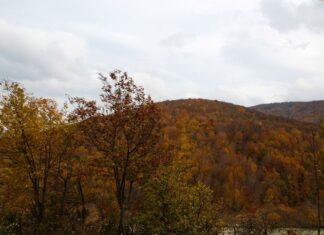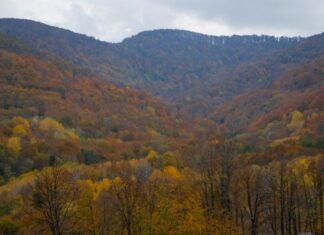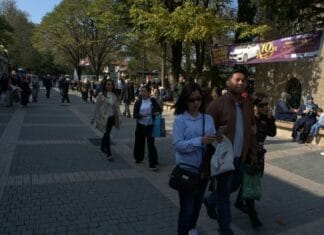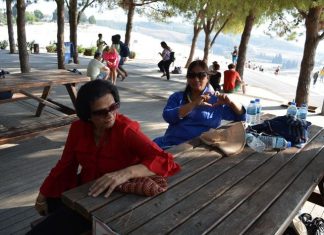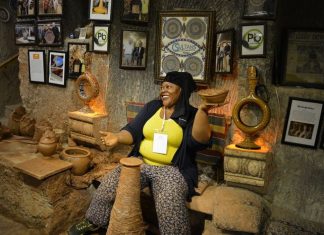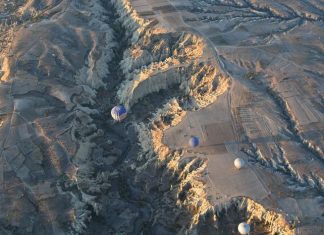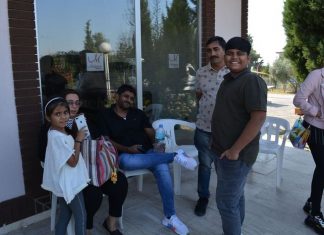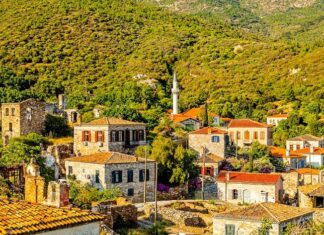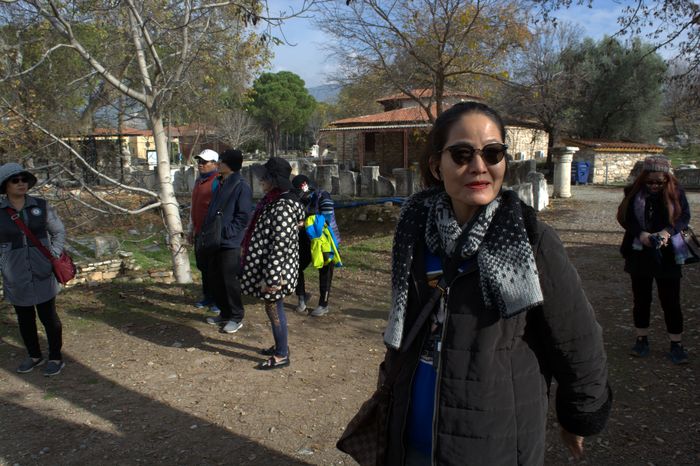Robert College a Monument of Education and Light
High on a rocky hill overlooking the Bosphorus, halfway between the Black Sea and the Sea of Marmara, stands a remarkable institution: Robert College....
A Special Invitation to the Sultan’s Treasury
We were invited to visit the Sultan’s treasury, and our invitation card said we would be received at 11:30 a.m. We arrived a little...
The Religious History of Nicomedia
A Long List of Religious Leaders
A historian named Le Quien created a list of 50 archbishops (metropolitans) of Nicomedia, an ancient Christian city. In...
An Educational Trip for Tourist Guides
Learning About Ancient Ephesus with Science
A special trip was organized to the ancient city of Ephesus to help tourist guides from Kuşadası learn the...
A Ride Full of Smells Sounds and Memories
Leaving the Bad Behind
As I was riding uphill, I smelled the burned oil coming from a truck beside me in the climbing lane. It...
A Look at the Serbian Parliament
The Appearance of the Skoupshtina
The Skoupshtina, Serbia’s Parliament, is quite plain and unremarkable. It is built from lath and plaster, and its walls are...
Scenes from the Balkans
Clanging Chains and Convict Labor
As I turned a corner on the road, I heard a loud clanging noise. Coming into view were forty prisoners,...
Terminology in the Communist Constitution
Distortion of Meaning
The terminology used in the Communist Constitution of Bulgaria often starkly contrasts with the actual state of affairs, revealing a profound dissonance...
Unveiling the Top Rafting Nations
Top Rafting Nations A Closer Look
Analyzing the results of the IRF World Championship over the past 5 years, Germany, the Czech Republic, and Russia...
The Threat to Yusufeli
Rafting Paradise in Peril
The Decline of Coruh River Rafting
Qoruh River, renowned for its rafting routes and attracting around 12,000 enthusiasts annually, faces an impending...
